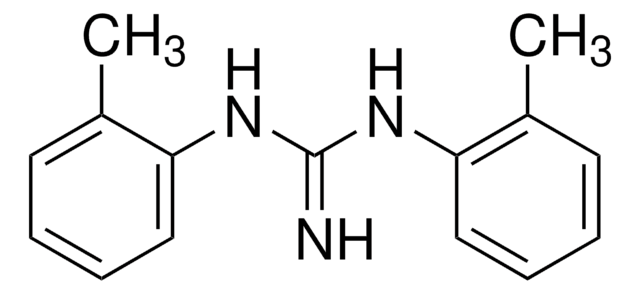230693
Zirconium(IV) oxide
powder, 5 μm, 99% trace metals basis
Sinônimo(s):
Zirconia
About This Item
Produtos recomendados
Nível de qualidade
Ensaio
99% trace metals basis
forma
powder
adequação da reação
reagent type: catalyst
core: zirconium
tamanho de partícula
5 μm
pb
5000 °C (lit.)
pf
2700 °C (lit.)
densidade
5.89 g/mL at 25 °C (lit.)
aplicação(ões)
battery manufacturing
cadeia de caracteres SMILES
O=[Zr]=O
InChI
1S/2O.Zr
chave InChI
MCMNRKCIXSYSNV-UHFFFAOYSA-N
Procurando produtos similares? Visita Guia de comparação de produtos
Descrição geral
Aplicação
Código de classe de armazenamento
13 - Non Combustible Solids
Classe de risco de água (WGK)
nwg
Ponto de fulgor (°F)
Not applicable
Ponto de fulgor (°C)
Not applicable
Equipamento de proteção individual
dust mask type N95 (US), Eyeshields, Gloves
Escolha uma das versões mais recentes:
Já possui este produto?
Encontre a documentação dos produtos que você adquiriu recentemente na biblioteca de documentos.
Artigos
Innovation in dental restorative materials is driven by the need for biocompatible and natural-appearing restoration alternatives. Conventional dental materials like amalgam and composite resins have inherent disadvantages.
Nossa equipe de cientistas tem experiência em todas as áreas de pesquisa, incluindo Life Sciences, ciência de materiais, síntese química, cromatografia, química analítica e muitas outras.
Entre em contato com a assistência técnica




